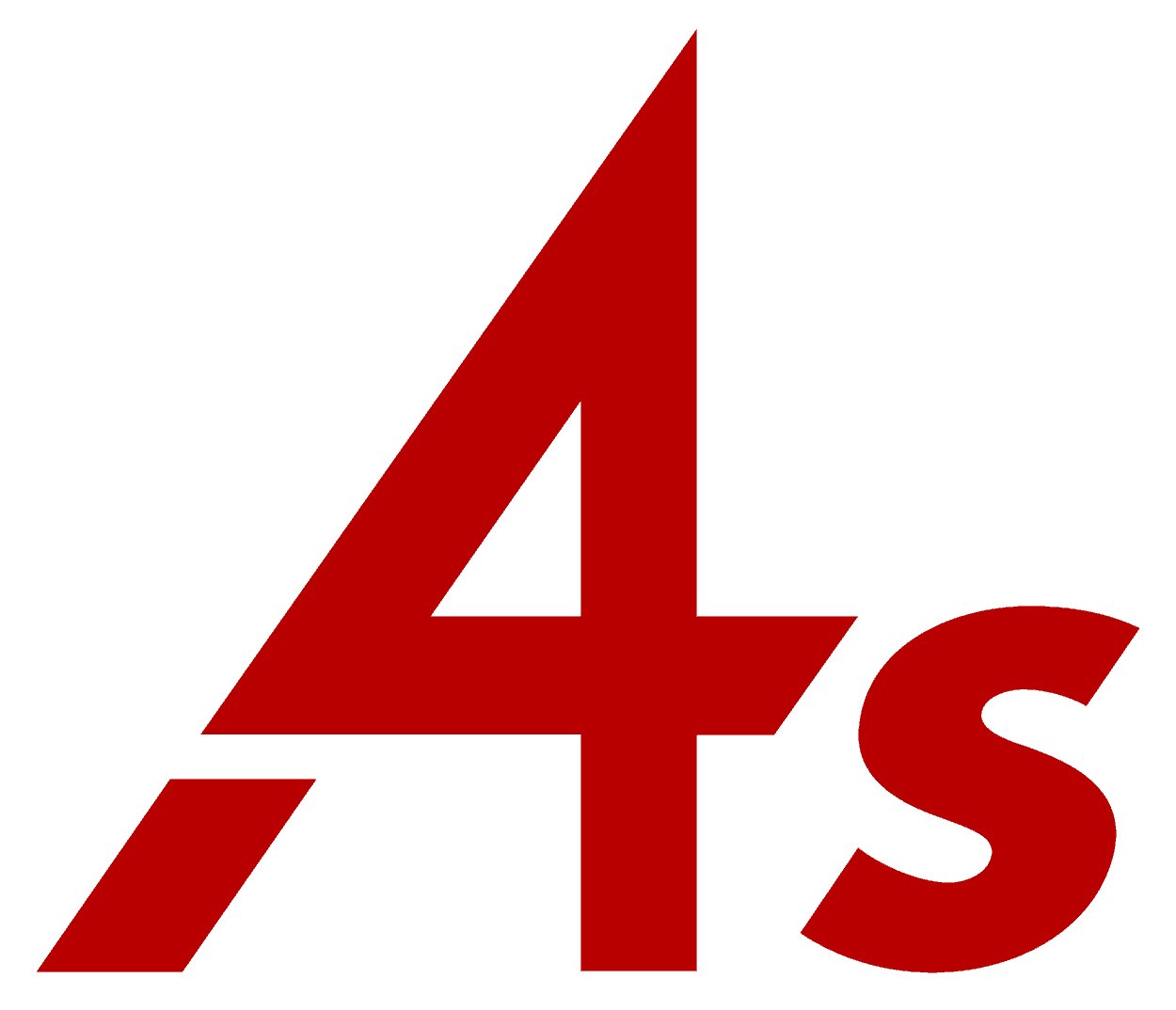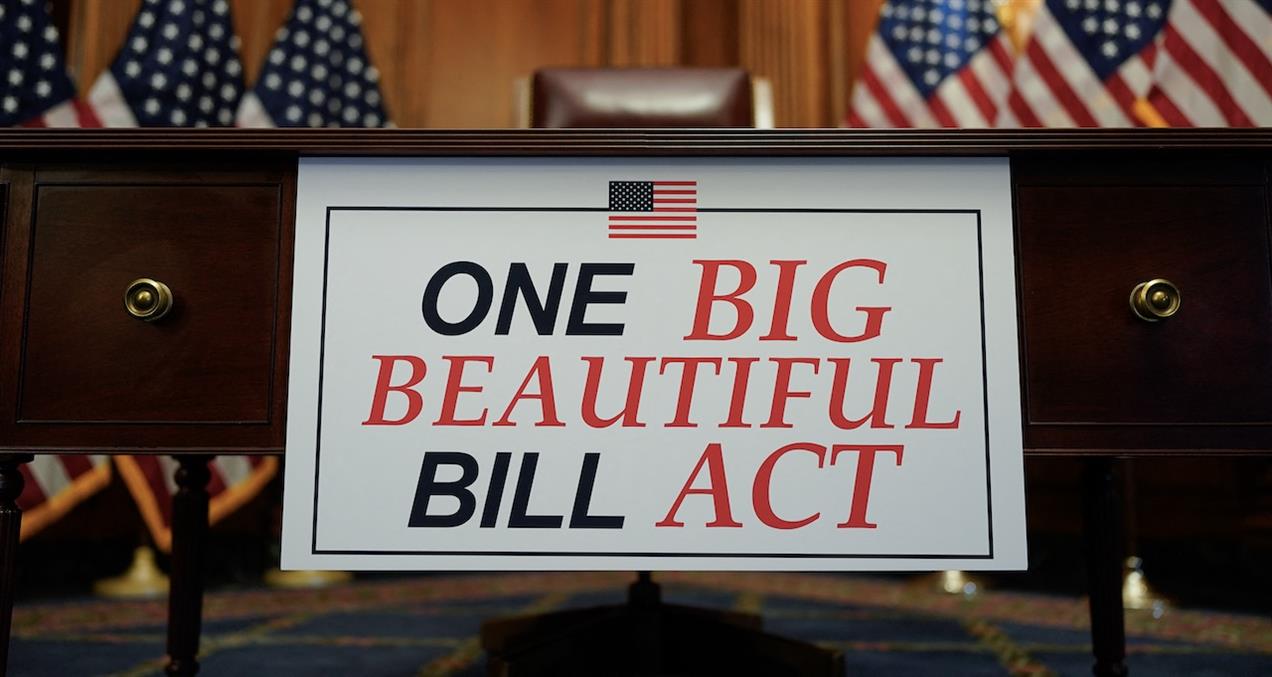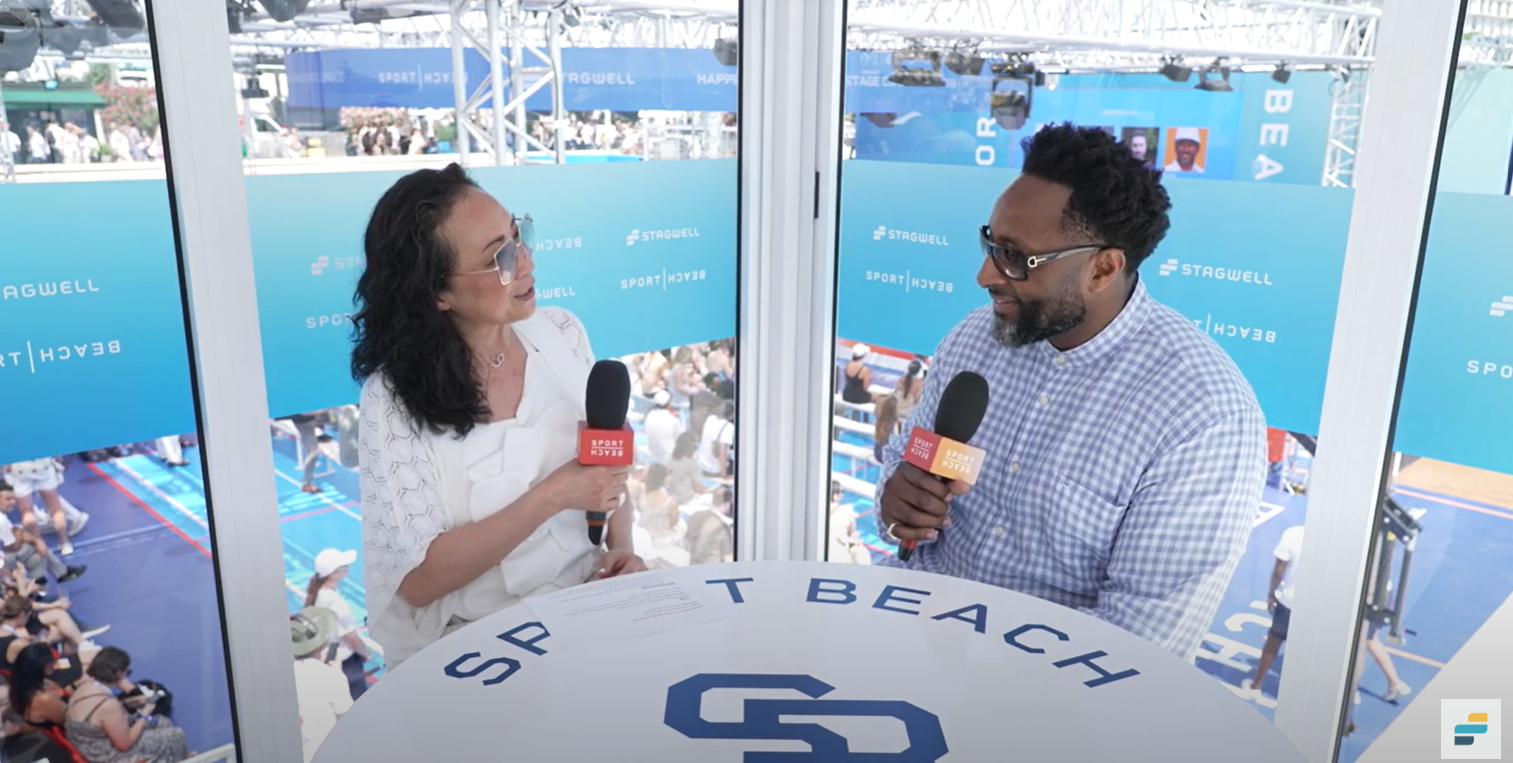QUESTION #1
The CARES Act excludes from the definition of payroll costs any employee compensation in excess of an annual salary of $100,000. Does the exclusion apply to all employee benefits of monetary value?
ANSWER
No. The exclusion of compensation in excess of $100,000 annually applies only to cash compensation, not to non-cash benefits, including:
- Employer contributions to defined-benefit or defined-contribution retirement plans;
- Payment for the provision of employee benefits consisting of group health care coverage, including insurance premiums; and
- Payment of state and local taxes assessed on compensation of employees.




